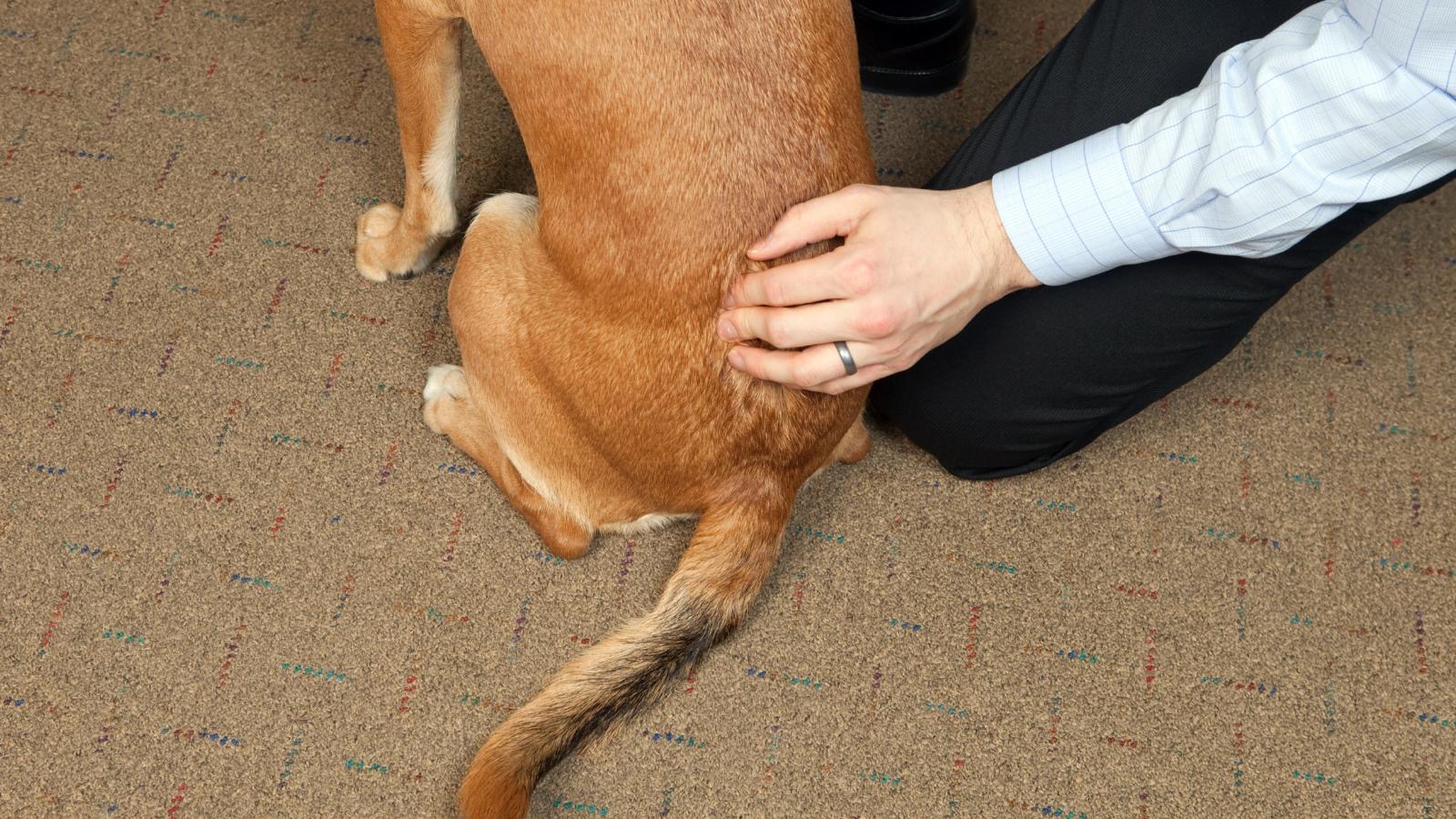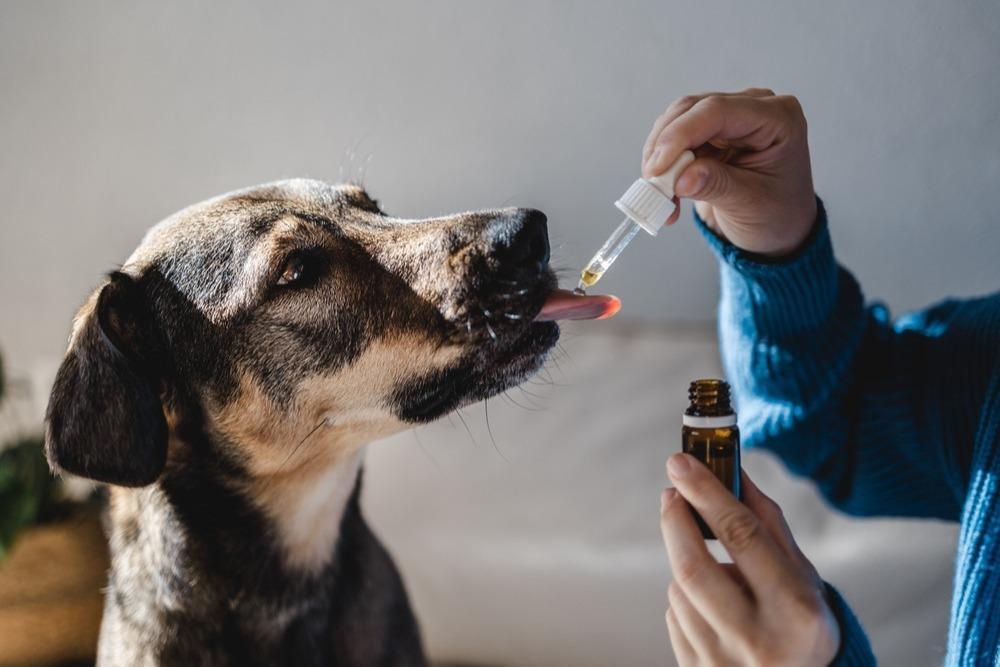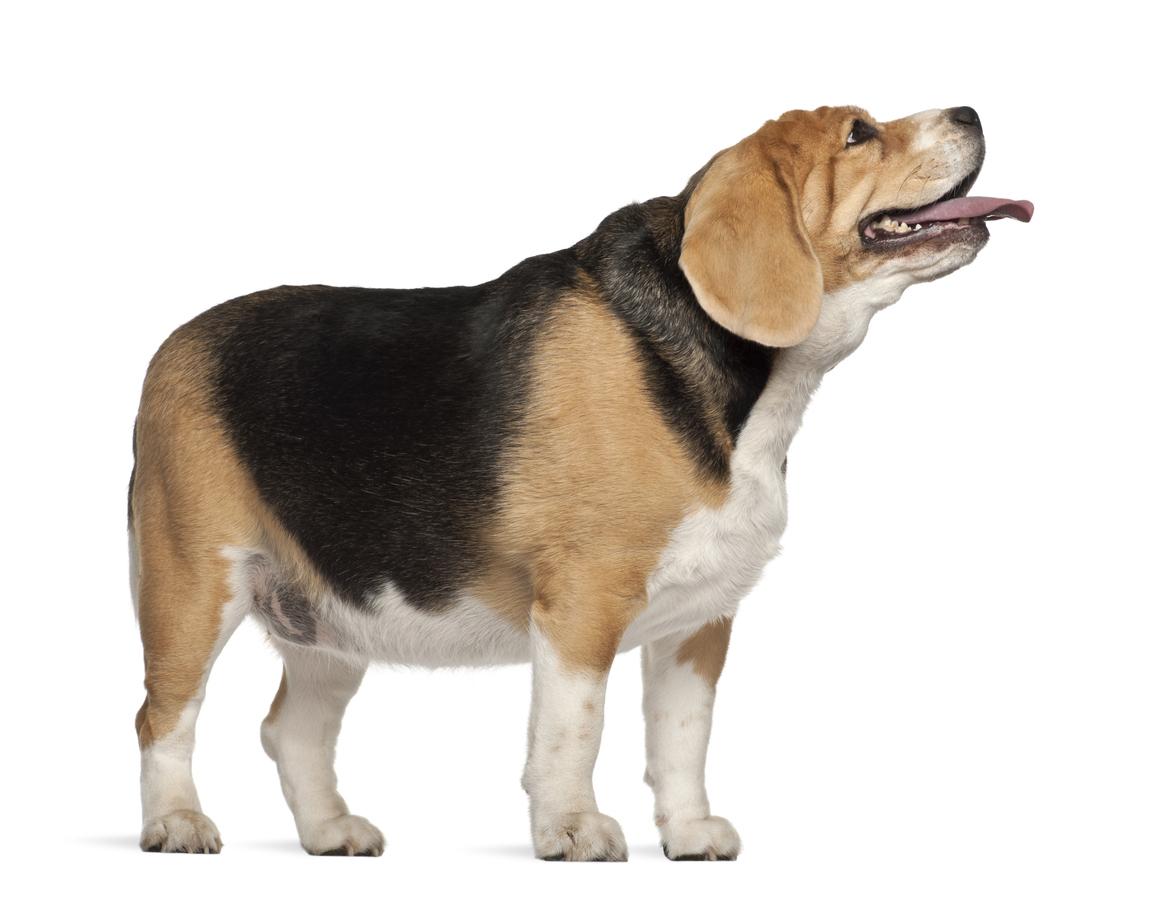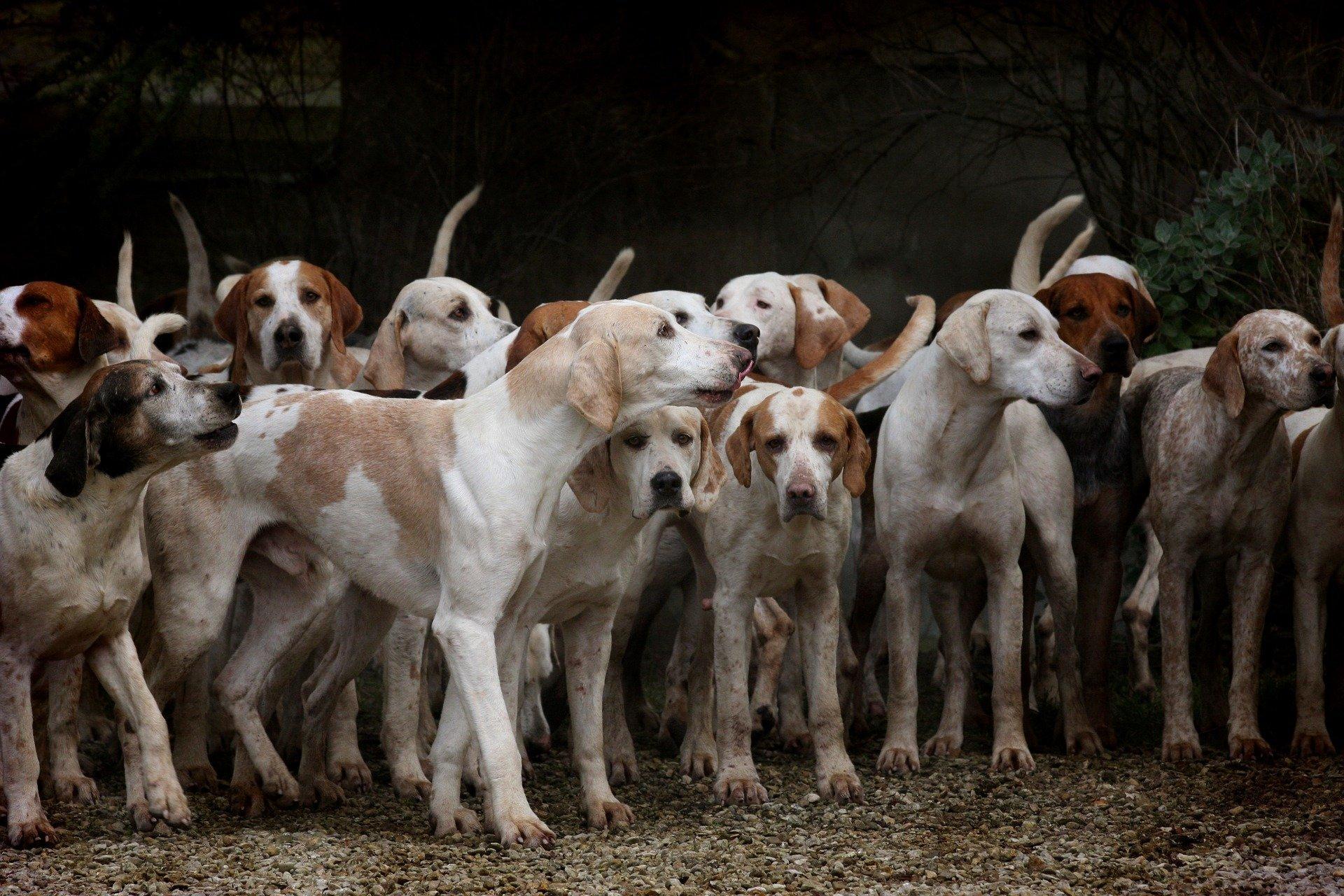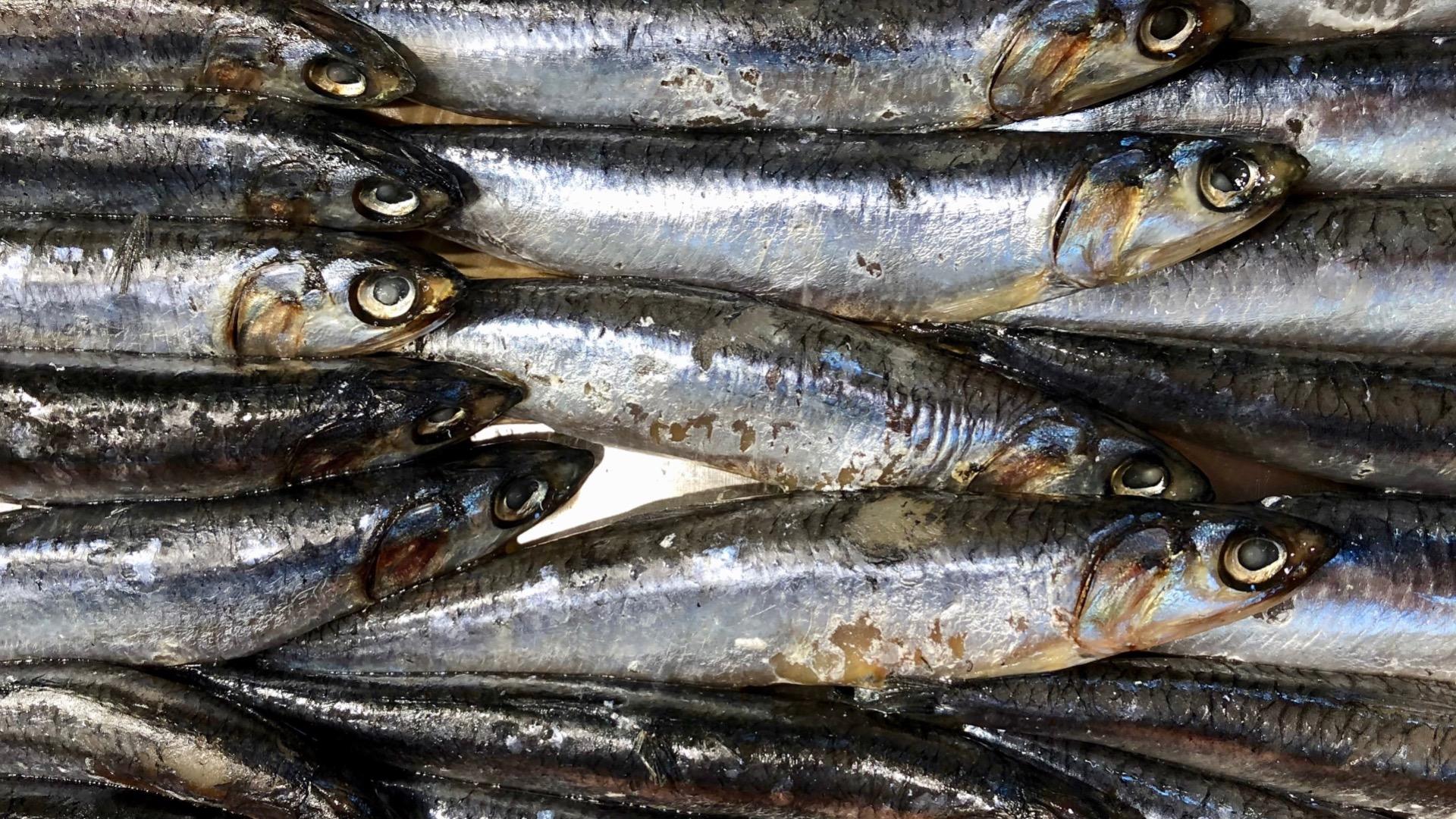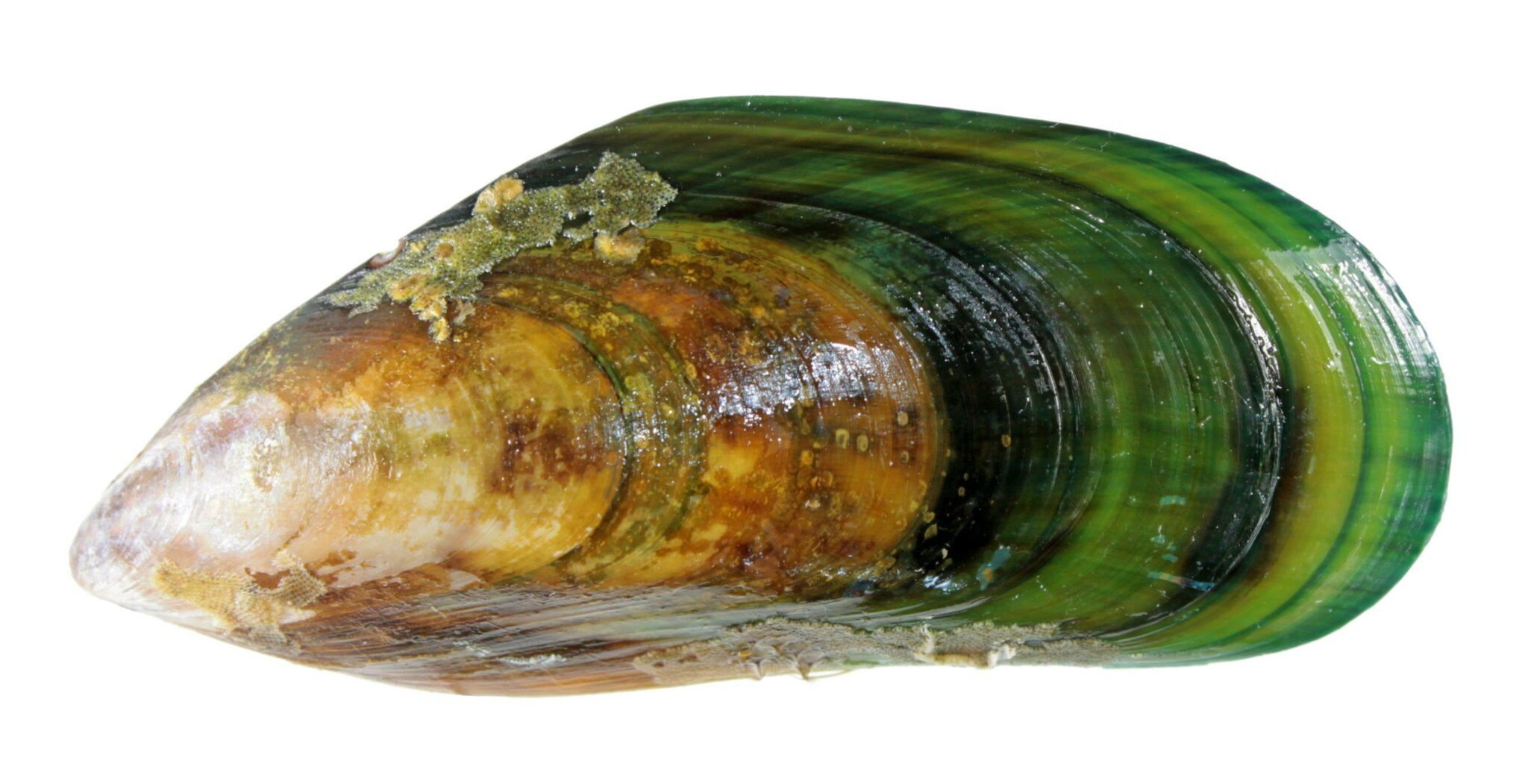Have you ever noticed that the wolves found in Yellowstone are rarely obese? Even the alpha males, who in theory could have access to all the kill they choose, maintain a lean weight. Do they perfectly balance their calories in with their calories out? Whilst not impossible, it’s a slight stretch of their intuition and it demonstrates on a simplistic level, why the CICO model doesn’t really answer enough questions when exploring the concept of obesity. In our last My Pet Nutritionist blog article, we explored a range of ideas that can contribute to obesity in pets, but there are many more schools of thought, so we thought we’d explore another in a separate article.
One of them being hormones.
All of the fat found in cells is stored in the form of triglycerides. Fatty acids are converted into triglycerides for storage and then for fat to be used as energy, they are freed back into fatty acids. Getting fat is the process where triglycerides are created more quickly than they are broken down.
This flow of fatty acids is regulated by a range of enzymes and hormones. This isn’t surprising when we consider the role of growth hormone, it is what drives the growth of children and adolescents. If you are considering bodybuilding, steroid hormones are used to increase bulk and if you take a trip down memory lane, chickens were injected with hormones in the 50’s to increase their size too!
Findings here
It seems that, on a simplistic level, certain hormones cause fat cells to suck up fatty acids more readily than they otherwise would or slow down the rate at which triglycerides are converted back.
Both oestrogen and testosterone have been shown to decrease the rate at which certain cells take up free fatty acids, which results in keeping the fat cells relatively small (and why in humans you will notice differences in fat gain between males and females).
This is why after neutering your pet, you are advised to monitor their weight as more often than not, they gain weight.
This issue here is demonstrated by a study conducted in the early 1970’s. A professor named George Wade wanted to explore how animals regulated their fat supplies.
He had two groups of rats and removed their ovaries.
The first group then was given free access to food and they could eat as much as they desired. They subsequently ate more than they had before the surgery and became obese.
The second group were restricted to the same number of calories they had eaten before the surgery. Their environment was also kept the same.
But this second group too became obese it just occurred through a different mechanism. They simply became less active.
With the removal of the hormones, it is thought that the uptake of the free fatty acids was unregulated, resulting in more fatty tissue. With the drop in lipid levels, group one sought to replace the circulating levels with more food, but with the absence of food in the second group, they simply became less active to account for the shortfall.
The implication of hormones in fat regulation is also demonstrated when lesions in the brain disrupt the hypothalamus. The ventromedial hypothalamus is one of the most hormonally active areas in the brain, and lesions here have resulted in the development of obesity.
Leptin largely exerts its influence in the hypothalamus and leptin has a crucial role in regulating food intake and maintaining metabolic homeostasis (balance).
Being another hormone, leptin is secreted mainly by adipocytes. Plasma leptin levels are significantly associated with body mass index and total body fat. It is generally accepted that total fat mass is the strongest predictor of circulating leptin.
The discovery of leptin made it clear that adipose tissue (fat tissue) is not only a regulator of body weight but also an endocrine organ with feedback loops between the brain and peripheral tissues.
Leptin levels decrease during fasting or energy restriction and increase during refeeding, overfeeding and sometimes during times of stress. Several metabolic and hormonal factors influence the synthesis and secretion of leptin in the body such as cytokines, cortisol, catecholamines, fatty acids, glucose, and insulin.
Which brings us to another hormone that is intricately involved in obesity in our pets.
Insulin
Insulin is deemed an anabolic hormone; it works to accelerate the rate at which nutrients are put together to make new tissues. Insulin is well known for its role in clearing glucose from the bloodstream and regulating blood sugar balance.
We’ll use the dry fed dog to explore this a little further.
When carbohydrates are digested by the dog, they are broken down into glucose. Carbohydrates can be complex (being longer chains of molecules and taking a little longer to be broken down) or simple (broken down quickly and easily). Ultimately, when they exit the digestive tract and find themselves in the bloodstream, they exist as glucose. When blood sugar levels start to creep up, insulin is called to action. Insulin is like the porter in the hotel; it shuttles glucose out of the bloodstream and opens the doors of where it needs to go. This can be to cells or muscles to be used as energy, but if it isn’t needed there, it can be stored (in adipose tissue). Think of it like when you’ve got an early check out and leave your luggage at reception until you’re due at the airport. But what insulin also does is blocks the conversion of triglycerides back; this makes absolute sense as it wants to prioritise the use of glucose as energy to get it out of the blood stream!
But what this means is that insulin is in fact a fat regulator.
Now we know glucose can be generated from non-carbohydrate sources through gluconeogenesis, but the issue for the dry fed dog, is that these diets often score incredibly high on their carbohydrate content. Due to the range on the market, it can be anywhere up to 70% carbohydrate content in a commercially prepared dry dog food.
Once the food is digested, insulin is called upon to shuttle the glucose where it needs to go, it promotes lipogenesis, thereby resulting in the storage or triglycerides and also prevents the breakdown of them. Insulin is not the reason us or our dogs are fat, it is necessary to our function, but the ingestion of foods that require its regular appearance is a key element in the development of obesity.
Read: a high carbohydrate content diet could be the reason your pet is fat.
All current literature negates the need for carbohydrates for energy in the dog and in weight loss studies, dogs can eat more calories and still achieve a loss, with a low starch diet.
It has been concluded that a high-protein diet in obese dogs results in a better conversion of lean body mass. What is particularly interesting is that high-protein diets usually result in a slower weight loss, and the researchers conclude that this is in fact a safer option.
Findings here
That said, fibre is still technically a carbohydrate, but an indigestible form. Fibre has been seen to support insulin sensitivity and this demonstrates why we would never demonise a whole food group. Fibre carries a whole host of benefits for the dog. See our article
here if you’d like to learn more.
More recent evidence is also suggesting that there are individual insulin responses to different foods, at least in humans. We are not yet sure how this translates to our canine counterparts, but it does provide food for thought.
What this does present with even more clarity, is to ditch the dry when feeding your dog, especially if you are struggling to support them to lose weight.
Opt for a fresh food diet, containing both protein and fat. And if you are exploring a weight-loss programme, there is evidence that high-protein results in a better conversion of lean body mass too!
For the neutered pet, consider the impact that their changing levels of hormones will have.
If you would like any support tackling any aspect of pet health, including obesity, then please check out our services
here.
Thanks for reading!
MPN Team x

